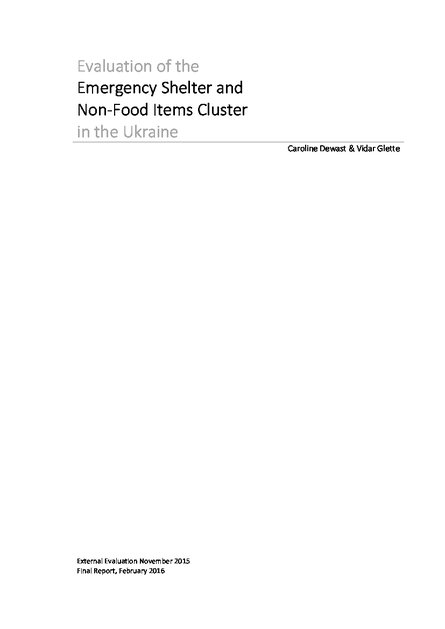
In November 2013, the Government of Ukraine (GoU) decided to abandon an agreement that would strengthen its ties with the EU, sparking large-scale protests. In March 2014, a conflict erupted with Russia’s unilateral annexation of Crimea, leading to a first wave of population displacement. A second wave of displacement followed shortly after, as a consequence of separatist offensives in the Donbas region. A ceasefire agreement (Minsk I) was reached in September 2014. However, clashes erupted again in early 2015, causing a third wave of displacement. A second ceasefire agreement (Minsk II) was signed in February 2015.
Ongoing ceasefire violations, heavy shelling and armed conflict have displaced 1.5 million people, creating fluctuating population movements including secondary displacement, commuting across the contact line, and returns. The influx has placed a strain on host communities, especially in areas with a high ratio of internally displaced people (IDPs) compared to the local population.
In light of the cluster transition, authorities in Kyiv do not currently appear ready or willing to take on further roles or responsibilities in the humanitarian response. Thus the most likely scenario for deactivation of the SC is an improvement of the humanitarian situation, minimising the need to coordinate response and gaps.